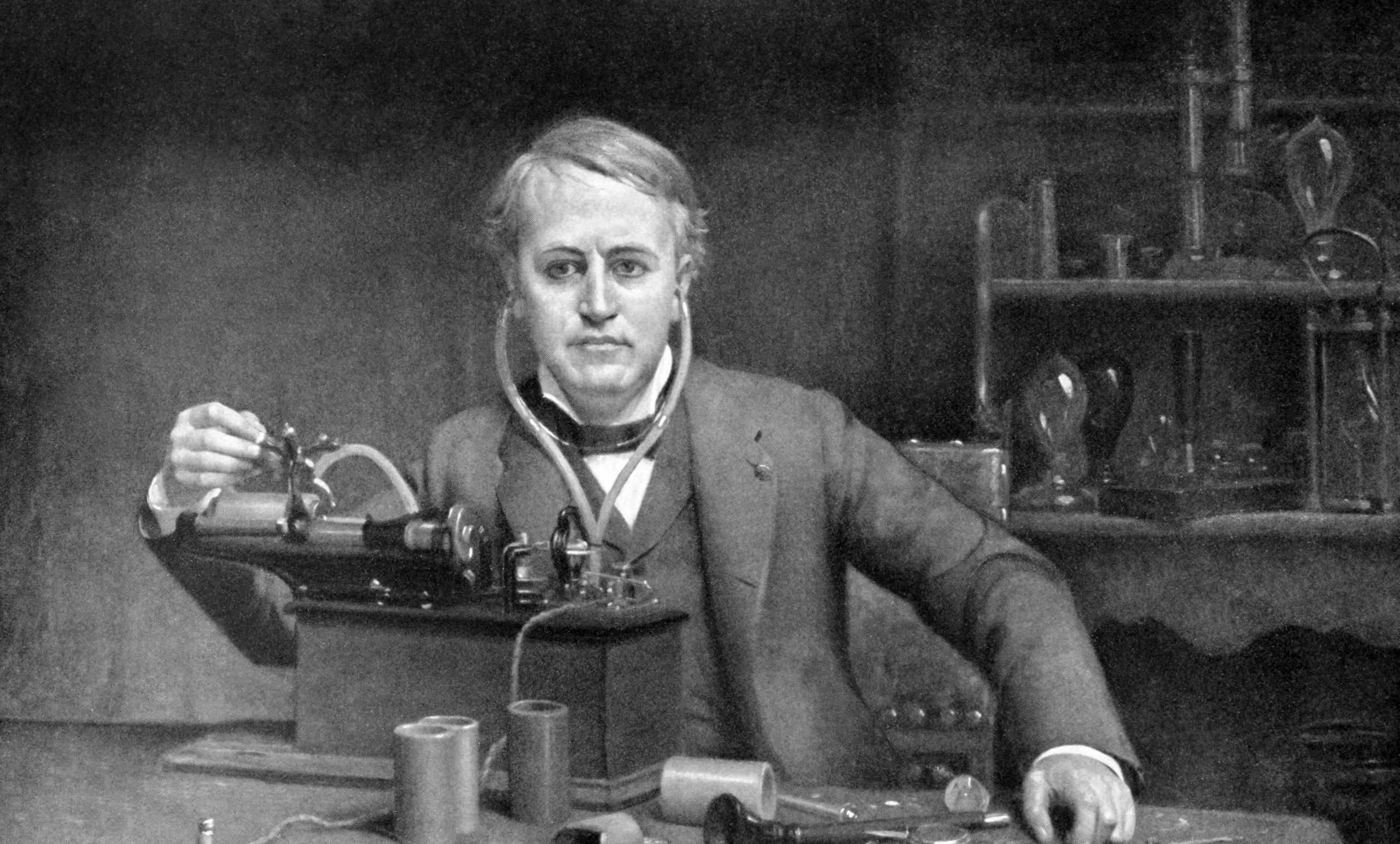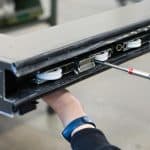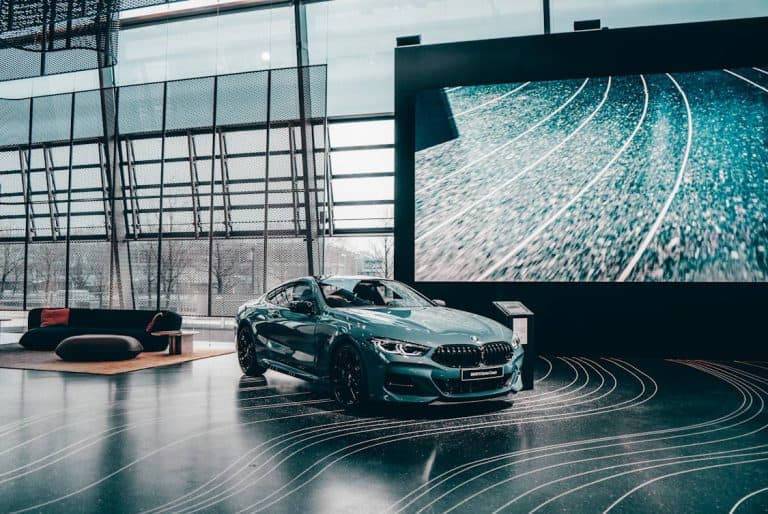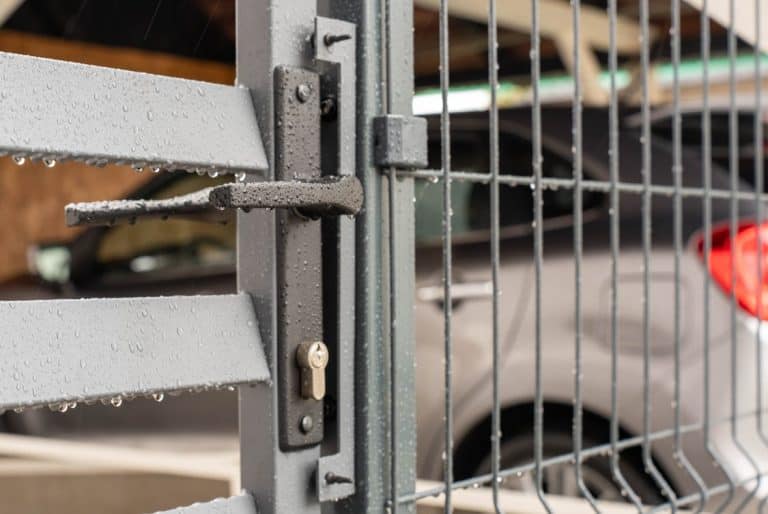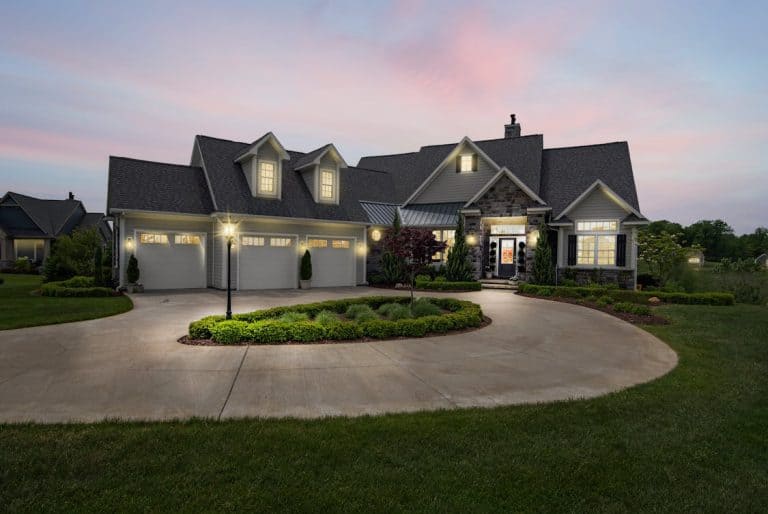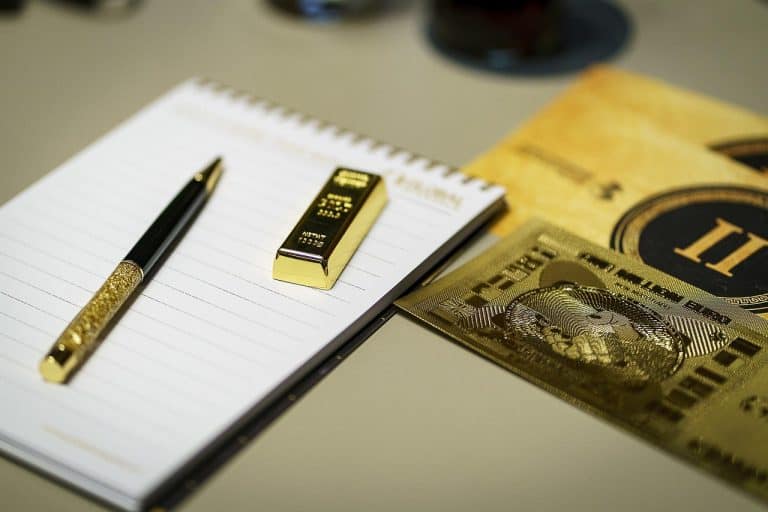Thomas Edison’s journey as an inventor was filled with ups and downs. His talking machine amazed people who couldn’t believe sound could be captured. This success brought in money from eager investors.
Edison used the cash to hire lots of workers, nicknamed “muckers.” The muckers helped Edison tackle the challenge of indoor lighting. Gas lamps were smelly and messy. Arc lights were too bright and noisy.
Edison and his team tried hundreds of materials to make a good light bulb filament. They finally got carbon to work, burning for over 14 hours in 1879.
Edison’s lab in Menlo Park became known as the Village of Light. People flocked to see the glowing windows and street lights. Each bulb shone as bright as 16 candles. Trains full of curious visitors came to see the lab that turned night into day.
Edison got patents for his electric lamp and distribution system. He won a contract to light up part of New York City. While working on this project, his first wife Mary died suddenly at age 29. Edison left Menlo Park for good after that.
Two years later, Edison married 20-year-old Mina Miller. They had three kids and moved to West Orange, New Jersey. Edison built a bigger, better lab there. He wanted to make all kinds of things, from watches to trains. Teams worked on batteries, sound recording, medical devices, and movie cameras.
Edison was like a rock star of his time. People were fascinated by his work and his daily life. Newspapers wrote about his inventions before they were even finished. He took publicity road trips with other famous guys like Henry Ford.
Edison worked crazy hours, often going 50 hours straight with short naps. He ate weird diets and was moody. He wasn’t always great to his family. He sued his own son for using the family name to sell fake cures.
Some writers say Edison took too much credit and was a showoff. But he didn’t keep his wealth – he used it to keep inventing. He was open about working with a team. Edison may not have been perfect, but he changed the world with his creations and hard work.

